Influencer marketing shows no sign of losing its appeal, with four-fifths of marketers believing it to be an effective channel.
However, it’s most popular in e-commerce, where brands can leverage influencers to recommend apparel, beauty products, tech, and more.
Things become a lot more complex when the “product” being promoted is a school or college.
Are you planning your first higher ed influencer marketing campaign or looking to optimize your existing strategy? Read our top insights on how higher ed institutions can find and work with influencers.
How Influencer Marketing Is Unique for Higher Ed Marketers
At first glance, “traditional” influencer marketing doesn’t feel like a great fit for higher education institutions. A survey of marketers and creators found that the number one goal of influencer marketing campaigns is to generate sales:
That’s rarely applicable to higher ed marketers, who typically target two primary objectives:
- Boosting student enrollment
- Driving donations
But that’s not to say influencer marketing can’t be effective in the context of higher education.
Plenty of evidence suggests that influencers are incredibly relevant to the audiences higher ed marketers are trying to reach.
Leveraging Influencers for Higher Ed Recruitment
According to enrollment and fundraising management company Ruffalo Noel Levitz, 63% of high school juniors believe social media sites provide helpful information for learning about a college.
This data suggests a significant opportunity for higher ed marketers to reach prospective students through social media-based influencer campaigns.
Research from Morning Consult found that 23% of Gen Zers and Millennials follow “many” social media influencers, rising to 26% among 17 to 21-year-olds and 30% of those aged 13 – 16:
What’s more, Gen Z-aged consumers are more likely to learn about purchases through social media posts by influencers than their Millennial peers:
While you’re not technically asking anyone to “purchase” your institution, this demonstrates that influencer marketing plays a crucial role in the decision-making process for many younger consumers, making it a valuable tactic for reaching prospective students.
Leveraging Influencers for Fundraising Campaigns
But that’s not the only way influencers can help higher ed marketers achieve their goals.
Research shows that young alums are most likely to donate to their alma mater when they feel very connected to the institution.
Yet unfortunately, only one in five reports feeling very connected, while one in six feels not very connected or not connected at all.
This all boils down to the quality of your marketing. If you can make alums feel like part of a community, you stand a strong chance of winning their donations. Influencer marketing can definitely help with this — you just need to find the right influencers.
Other Benefits of Higher Ed Influencer Marketing
Influencer marketing can support your efforts to attract new students and generate donations, but it can also help higher ed marketers in other, less direct ways, including:
Capturing User-Generated Content
According to Stackla, four in five consumers believe user-generated content (UGC) is highly influential in their purchasing decisions, compared to just one in eight who say the same about brand-created content.
Sure, influencer content isn’t exactly the same as UGC. But it can look remarkably similar — particularly in a higher education setting, where the influencers you work with might be the same as the audiences you’re targeting (e.g., existing students and alums).
Generating More Relevant Content Ideas
Again, because higher ed influencers are often very similar to your target audiences, they’re uniquely positioned to develop highly relevant content ideas. So it’s well worth getting them involved during the ideation stage rather than expecting them to execute a pre-planned campaign.
Boosting Website Authority
A niche (but relevant) point: if you’re working with bloggers and pure social media influencers, they might be happy to link to your website. And because backlinks play a key role in SEO, an influencer campaign could also benefit your search rankings.
Types of Higher Ed Influencers
There are various types of influencers that higher ed marketers might want to work with:
Current Students
No one knows better than your current students what studying at your institution is like. That makes them uniquely well-positioned to act as influencers, persuading future students that your school is the right choice for them.
Not only that, but current students will (mostly) be just a couple of years older than the prospective students you’re hoping to target, which means they can better communicate with them authentically.
Faculty Members
According to research from Inside Higher Ed, “quality of academics in the area of interest” is one of the top decision-making factors in choosing which school to attend. So it makes sense for higher ed marketers to leverage faculty members with large social followings to promote their institutions.
What’s more, reminding alumni of their favorite professors can play a part in encouraging donations.
Alumni
Remember: alumni are more likely to contribute to your fundraising efforts when they feel connected to your institution. And what better way to build a feeling of connectedness than to target them with messaging from their peers?
University Leadership
There are a couple big benefits to leveraging university leaders as influencers.
Firstly, they’re some of the highest-profile people within your institution, so your audience is more likely to pay attention to them.
And secondly, consumers enjoy hearing from senior leadership. Indeed, one study reveals that 70% of consumers feel a closer connection to brands whose CEOs are active on social media, with 65% agreeing it feels like there are real people behind the brand.
How Higher Education Marketers Can Find Relevant Influencers
We know the types of influencers you might be working with; now, let’s discuss how to track them down.
Search for Influencers Within Your Ambassador Program
Many higher ed institutions operate ambassador programs made up of existing students who are happy to capture and share their experiences via social media. These ambassadors are an obvious first port of call for your influencer search.
But what if no one in your ambassador program has a five or six-figure follower count? Don’t worry; size isn’t everything in influencer marketing.
Research from HypeAuditor discovered that so-called nano-influencers — those with 1,000 – 5,000 followers — generate a far higher average engagement rate than larger influencer accounts:
In other words, you could see better results teaming up with several nano-influencers, each with a couple of thousand followers, than a single mid-tier influencer with a far larger following.
One of the best things about building influencer relationships with students is that you can (hopefully) continue working with them once they graduate, helping you tap into the alum audience.
Reach Out to High-Profile Faculty Members
Chances are there’s someone in your faculty team who loves posting on social media. They might share research, offer their opinions, and discuss the latest trends in their field. These faculty members are a strong fit for your influencer program, even if they don’t have huge followings.
Ask Colleagues to Open Up Their Contact Books
Higher education institutions are often large organizations employing hundreds of people. There’s a good chance some of those people will know high-profile figures in your area who could be a strong fit for your influencer campaigns. So try asking your colleagues if they’d be happy to recommend any of their contacts as future influencers.
3 Examples of Higher Ed Influencer Marketing
Enough theory; let’s take a look at some real-world examples of higher education influencer marketing:
1. Syracuse University Teams Up With Notable Alum for TikTok Promo
When generating results from influencer marketing, your job becomes much easier if you have positive relationships with a few notable alums.
For instance, Syracuse University collaborated with one of its former students — NFL Network anchor and reporter Scott Hanson — to promote the launch of a TikTok filter featuring the school’s mascot, Otto:
@syracuseu show us your best dance moves ? @nflnetwork #scotthanson #syracuseuniversity #cusetok #syracuse #nflredzone ♬ original sound – Syracuse University
2. Oxford Uni Works With A High-Profile Graduate to Reach Future Students
Florence Ifeoluwa Otedola, AKA DJ Cuppy, celebrated her graduation from the University of Oxford by announcing a £100,000 gift to the institution’s Africa Oxford Initiative to support fellow African graduate students:
View this post on Instagram
You might think the university has a sufficiently high profile not to need influencer marketing. But Otedola’s Instagram following is more than seven times larger than the university’s, demonstrating how influencers can help higher ed institutions tap into new audiences.
3. UCLA Centers Academics in Research Publications
Rather than releasing research reports as anonymous publications produced “by the university,” UCLA placed the spotlight firmly on the report’s authors:
Check out the piece that Dr. @darnell_hunt and I wrote in our @forbes column to accompany the release of our latest UCLA Hollywood Diversity Report 2023, Part 1: Film. https://t.co/NPciQ4LOnV
— Ana-Christina Ramón, PhD (@DrAnaChristina) March 30, 2023
This approach is smart because it highlights the expertise of the institution’s academic team — which, as we know, is a key consideration for prospective students choosing which colleges to attend.
Featured image by Freepik.
Want to cultivate your arsenal of tools, resources, and connections to help your school extract more benefits from social media? Book your place at our next social media conference for higher ed.

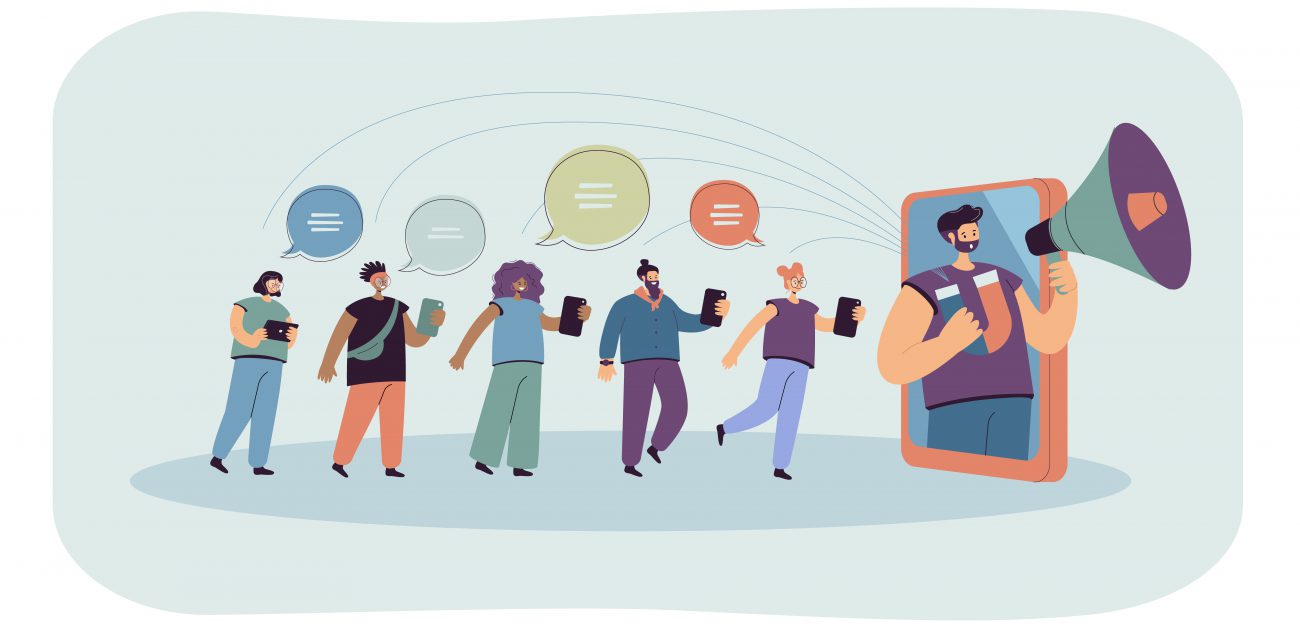

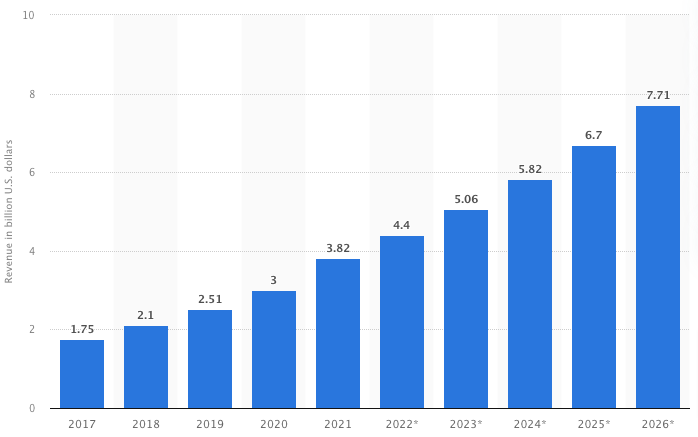 Image source
Image source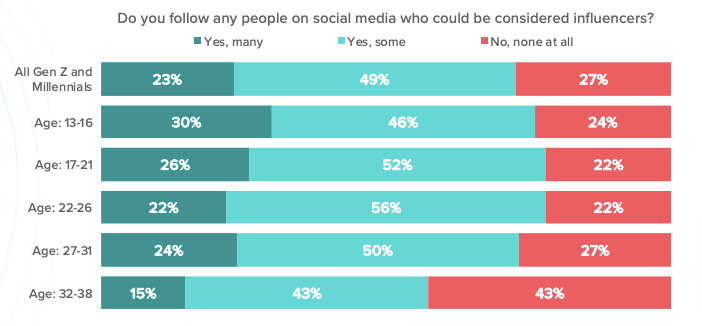 Image source
Image source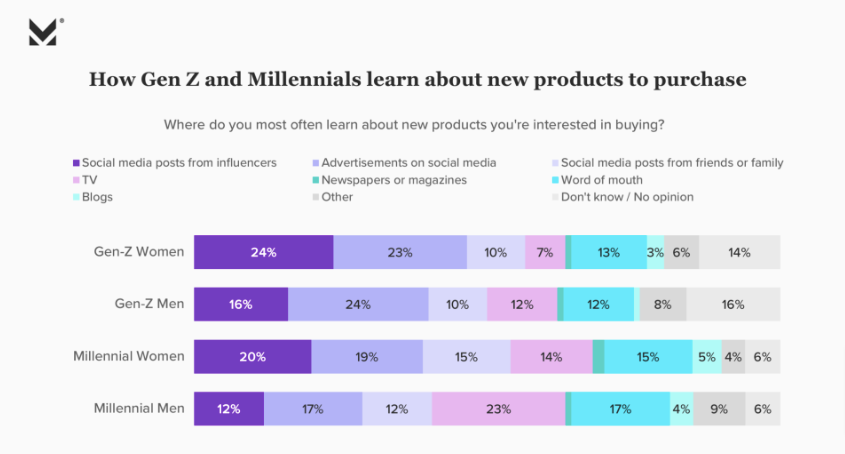 Image source
Image source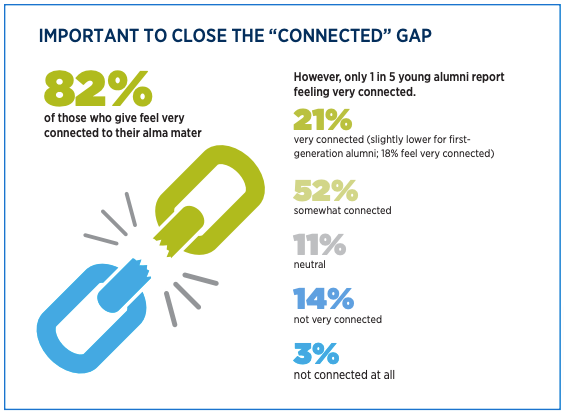 Image source
Image source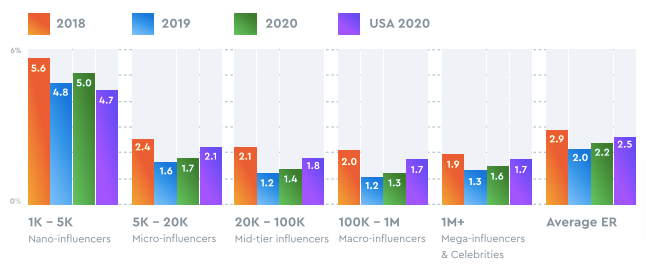 Image source
Image source






